Introduction to Custom Parts Manufacturing
Manufacturing custom parts for production represents a critical phase in product development where prototypes transition into functional, end-use components. Unlike prototype manufacturing, production parts must meet stringent quality standards, regulatory requirements, and performance specifications while maintaining cost-effectiveness at scale.
Custom parts manufacturing encompasses the entire process of transforming raw materials into finished components that serve specific functions within larger assemblies. Whether you're developing aerospace components, automotive parts, medical devices, or consumer electronics, understanding the manufacturing landscape is essential for project success.
The key to successful custom parts manufacturing lies in selecting the right combination of materials, processes, and quality control measures that align with your specific application requirements, budget constraints, and production timeline.
Choosing the Right Materials for Production Parts
Metal Materials for Custom Manufacturing
Aluminum Alloys Aluminum remains one of the most popular choices for custom parts manufacturing due to its excellent strength-to-weight ratio, corrosion resistance, and machinability. Common grades include:
- 6061-T6: Ideal for structural applications
- 7075-T6: High-strength applications in aerospace
- 2024-T3: Aircraft and aerospace components
Stainless Steel Options Stainless steel offers superior corrosion resistance and durability:
- 316L: Medical and marine applications
- 304: General-purpose applications
- 17-4 PH: High-strength, precipitation-hardened steel
Specialty Metals
- Titanium: Aerospace, medical implants, high-performance applications
- Inconel: High-temperature, high-stress environments
- Tool Steel: Dies, molds, cutting tools
Engineering Plastics for Production
High-Performance Thermoplastics
- PEEK (Polyetheretherketone): Chemical resistance, high temperature performance
- PEI (Polyetherimide): Aerospace, automotive applications
- PPSU (Polyphenylsulfone): Medical, plumbing applications
Common Production Plastics
- Nylon (PA): Gears, bearings, structural components
- Polycarbonate (PC): Optical, electronic housings
- ABS: Consumer products, automotive trim
- POM (Delrin): Precision mechanical parts
Material Selection Criteria
When selecting materials for custom parts manufacturing, consider:
- Mechanical Properties: Tensile strength, impact resistance, fatigue life
- Environmental Resistance: Temperature, chemicals, UV exposure
- Regulatory Compliance: FDA, aerospace, automotive standards
- Cost Considerations: Material cost, machinability, availability
- Surface Finish Requirements: As-machined vs. secondary finishing needs
Manufacturing Technologies for Custom Parts
CNC Machining Services
CNC Milling Capabilities CNC milling excels in creating complex geometries with tight tolerances:
- 3-axis milling: Standard features, pockets, profiles
- 4-axis milling: Cylindrical features, angled surfaces
- 5-axis milling: Complex geometries, reduced setups
CNC Turning Operations Ideal for cylindrical and rotational parts:
- Standard turning: Shafts, pins, bushings
- Swiss turning: Small, precise parts with tight tolerances
- Multi-axis turning: Complex turned parts with milled features
Advantages of CNC Machining:
- Excellent dimensional accuracy (±0.005" typical)
- Wide material compatibility
- Superior surface finishes
- Cost-effective for medium to high volumes
Additive Manufacturing (3D Printing)
Fused Deposition Modeling (FDM) Best for prototyping and low-volume production:
- Materials: PLA, ABS, PETG, Nylon, Carbon Fiber composites
- Layer heights: 0.1-0.4mm
- Build volumes: Up to 300x300x600mm
Stereolithography (SLA) High-resolution parts with smooth surface finishes:
- Materials: Standard, tough, flexible, and castable resins
- Layer heights: 0.025-0.1mm
- Excellent detail resolution
Selective Laser Sintering (SLS) Strong, functional parts without support structures:
- Materials: Nylon PA12, Glass-filled nylon, TPU
- No support structures required
- Excellent mechanical properties
Multi Jet Fusion (MJF) HP's technology for high-quality, consistent parts:
- Fast production speeds
- Excellent surface finish
- Strong mechanical properties
Sheet Metal Fabrication
Cutting Technologies
- Laser cutting: Precise cuts, minimal heat-affected zone
- Waterjet cutting: Thick materials, no heat distortion
- Plasma cutting: Fast cutting of thick metals
Forming Operations
- Bending: Press brake forming, roll forming
- Stamping: High-volume, complex shapes
- Deep drawing: Enclosures, housings
Injection Molding for High-Volume Production
Process Advantages:
- Extremely high production rates
- Excellent repeatability
- Wide range of plastic materials
- Cost-effective at high volumes (>1,000 parts)
Design Considerations:
- Wall thickness uniformity
- Draft angles for easy part removal
- Gate placement and runner design
- Cooling channel optimization
Design for Manufacturing Best Practices
Key DFM Principles
Simplify Geometries
- Minimize complex features that require specialized tooling
- Reduce the number of setups and operations
- Eliminate undercuts where possible
- Use standard hole sizes and thread pitches
Material Optimization
- Select materials early in the design process
- Consider material properties throughout the operating range
- Balance performance requirements with cost constraints
- Evaluate material availability and lead times
Tolerance Management
- Apply appropriate tolerances based on functional requirements
- Avoid over-tolerancing non-critical features
- Use geometric dimensioning and tolerancing (GD&T) properly
- Consider manufacturing process capabilities
Manufacturing Process Selection
Volume Considerations
- Low volume (1-100 parts): CNC machining, 3D printing
- Medium volume (100-10,000 parts): CNC machining, sheet metal fabrication
- High volume (>10,000 parts): Injection molding, die casting, stamping
Complexity Assessment
- Simple geometries: Traditional manufacturing methods
- Complex internal features: Additive manufacturing
- High precision requirements: CNC machining
- Large, thin-walled parts: Sheet metal fabrication
Cost Optimization Strategies
Material Cost Management
Bulk Purchasing
- Negotiate better rates for larger material quantities
- Consider material certification requirements
- Evaluate alternative materials with similar properties
- Optimize material utilization to minimize waste
Standardization Benefits
- Use standard fasteners and hardware
- Minimize the number of different materials
- Leverage existing supplier relationships
- Consider material availability and lead times
Manufacturing Efficiency
Batch Production Planning
- Group similar parts for efficient setup changes
- Optimize batch sizes for each manufacturing process
- Consider work-in-progress inventory costs
- Plan for quality control checkpoints
Tooling Optimization
- Invest in quality tooling for long production runs
- Consider modular tooling for part families
- Evaluate tool life and replacement costs
- Plan for tooling maintenance schedules
Supply Chain Optimization
Supplier Selection Criteria
- Manufacturing capabilities and capacity
- Quality certifications and track record
- Geographic location and logistics
- Financial stability and business continuity
Partnership Development
- Establish long-term supplier relationships
- Implement supplier development programs
- Share forecasts and capacity planning
- Collaborate on continuous improvement initiatives
Quality Control and Standards
Inspection and Testing
Dimensional Inspection
- Coordinate measuring machines (CMM)
- Optical comparators and vision systems
- Go/no-go gauges for high-volume production
- Statistical process control (SPC) implementation
Material Testing
- Tensile and compression testing
- Hardness testing (Rockwell, Brinell, Vickers)
- Chemical composition analysis
- Non-destructive testing (NDT) methods
Industry Standards and Certifications
Quality Management Systems
- ISO 9001: General quality management
- AS9100: Aerospace quality requirements
- ISO 13485: Medical device quality systems
- IATF 16949: Automotive quality standards
Material and Process Standards
- ASTM material specifications
- Military specifications (MIL-SPEC)
- Industry-specific standards (ASME, API, etc.)
- International standards (IEC, DIN, JIS)
Working with Manufacturing Partners
Supplier Evaluation Process
Technical Capabilities Assessment
- Manufacturing equipment and capacity
- Quality control systems and certifications
- Engineering support and design assistance
- Process improvement capabilities
Business Evaluation Criteria
- Financial stability and business continuity
- Communication and project management
- Intellectual property protection
- Competitive pricing and value proposition
Project Management Best Practices
Clear Communication Protocols
- Establish regular review meetings
- Define deliverables and milestones
- Implement change control procedures
- Maintain detailed project documentation
Risk Management
- Identify potential supply chain risks
- Develop contingency plans for critical suppliers
- Monitor supplier performance metrics
- Maintain backup supplier relationships
Future Trends in Custom Parts Manufacturing
Industry 4.0 and Smart Manufacturing
Digital Technologies
- IoT sensors for real-time monitoring
- Artificial intelligence for predictive maintenance
- Digital twins for process optimization
- Blockchain for supply chain traceability
Advanced Materials
- Nano-enhanced composites
- Smart materials with adaptive properties
- Sustainable and recycled materials
- Bio-based alternatives to traditional plastics
Sustainability Initiatives
Environmental Considerations
- Reduce material waste through design optimization
- Implement circular economy principles
- Use renewable energy in manufacturing processes
- Develop recyclable and biodegradable materials
Frequently Asked Questions
What is the difference between prototype and production manufacturing?
Production manufacturing focuses on repeatability, quality consistency, and cost optimization for larger volumes, while prototype manufacturing prioritizes speed and design flexibility for small quantities and design validation.
How do I choose between CNC machining and 3D printing for my parts?
CNC machining is ideal for high-strength materials, tight tolerances, and medium to high volumes. 3D printing excels for complex geometries, rapid prototyping, and low-volume production with design freedom.
What factors affect custom parts manufacturing costs?
Key cost factors include material selection, part complexity, production volume, tolerance requirements, surface finish specifications, and lead time constraints.
How can I ensure quality in custom parts manufacturing?
Implement comprehensive quality planning, select qualified suppliers with appropriate certifications, establish clear specifications and inspection criteria, and maintain regular communication throughout the production process.
What lead times should I expect for custom parts manufacturing?
Lead times vary significantly based on process selection:
- CNC machining: 5-15 business days
- 3D printing: 3-10 business days
- Injection molding: 4-8 weeks (including tooling)
- Sheet metal fabrication: 5-12 business days
How do I protect my intellectual property when manufacturing custom parts?
Use non-disclosure agreements (NDAs), work with reputable suppliers with IP protection policies, consider geographic manufacturing locations, and implement secure file sharing protocols.

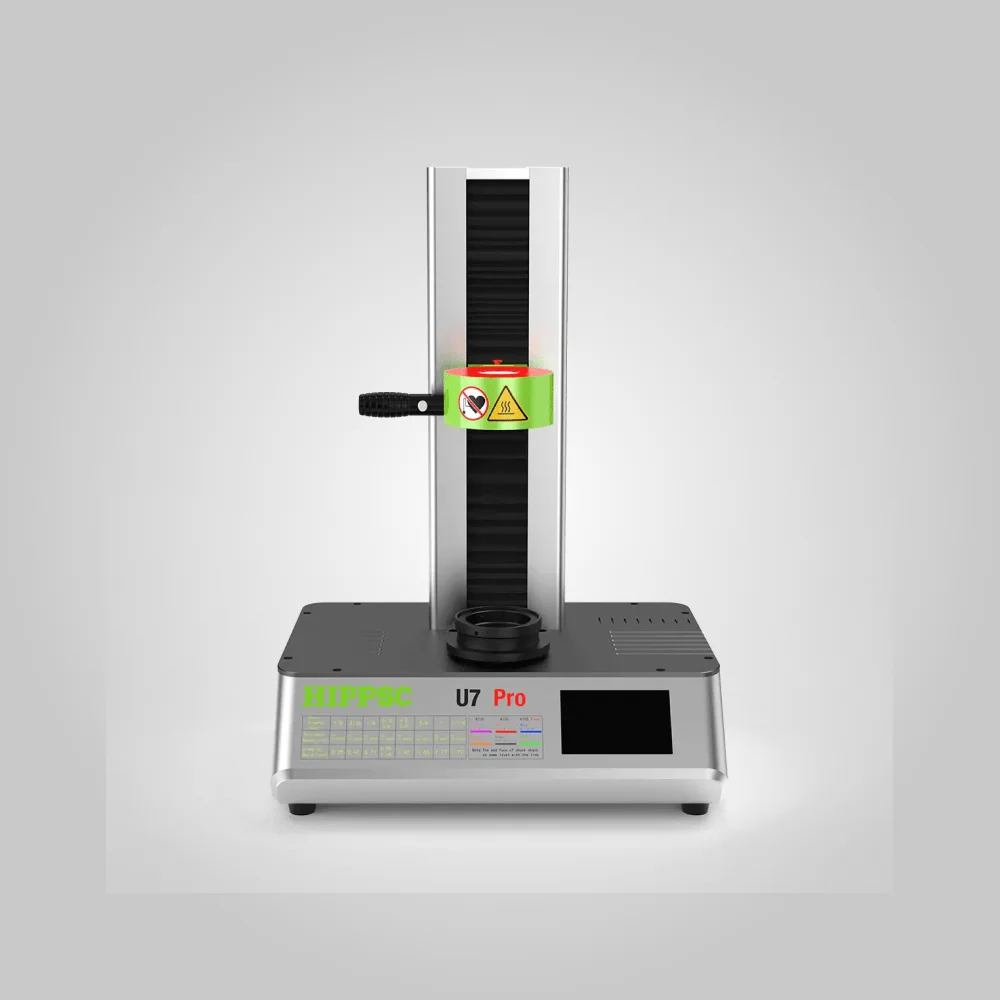
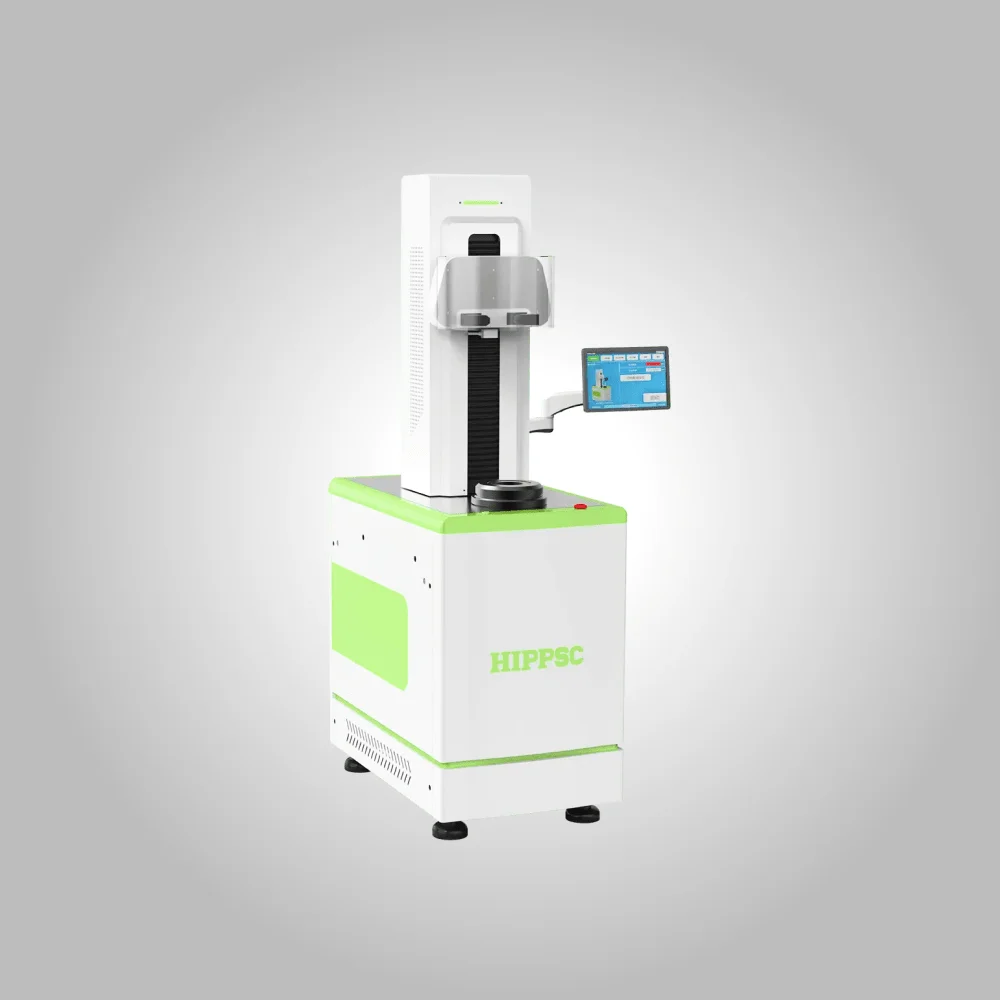
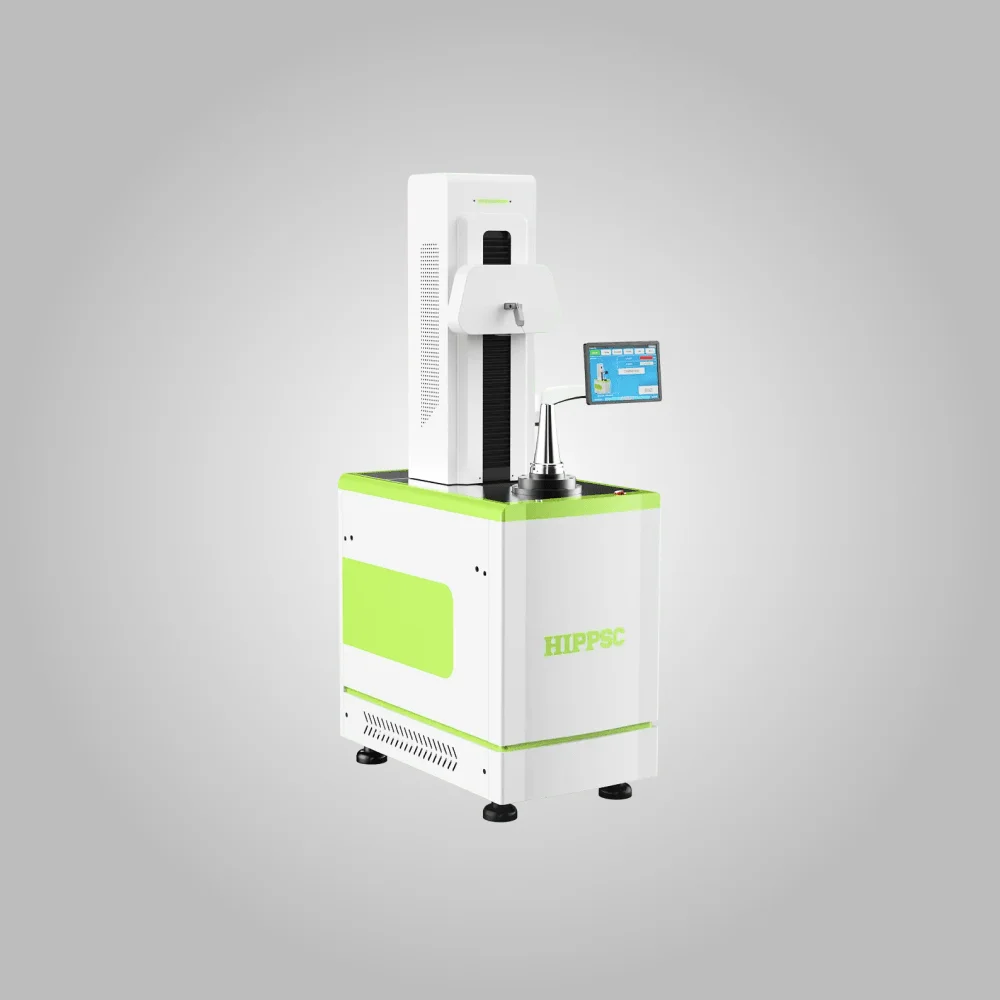
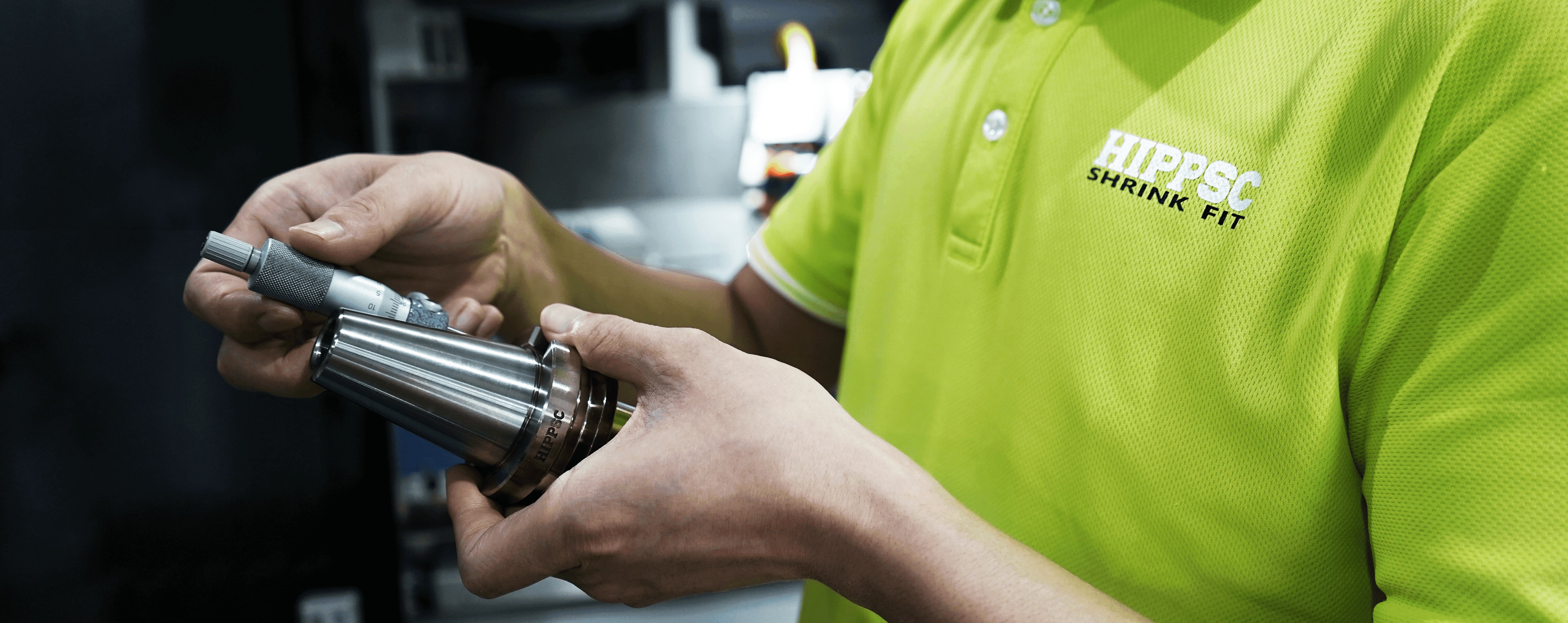
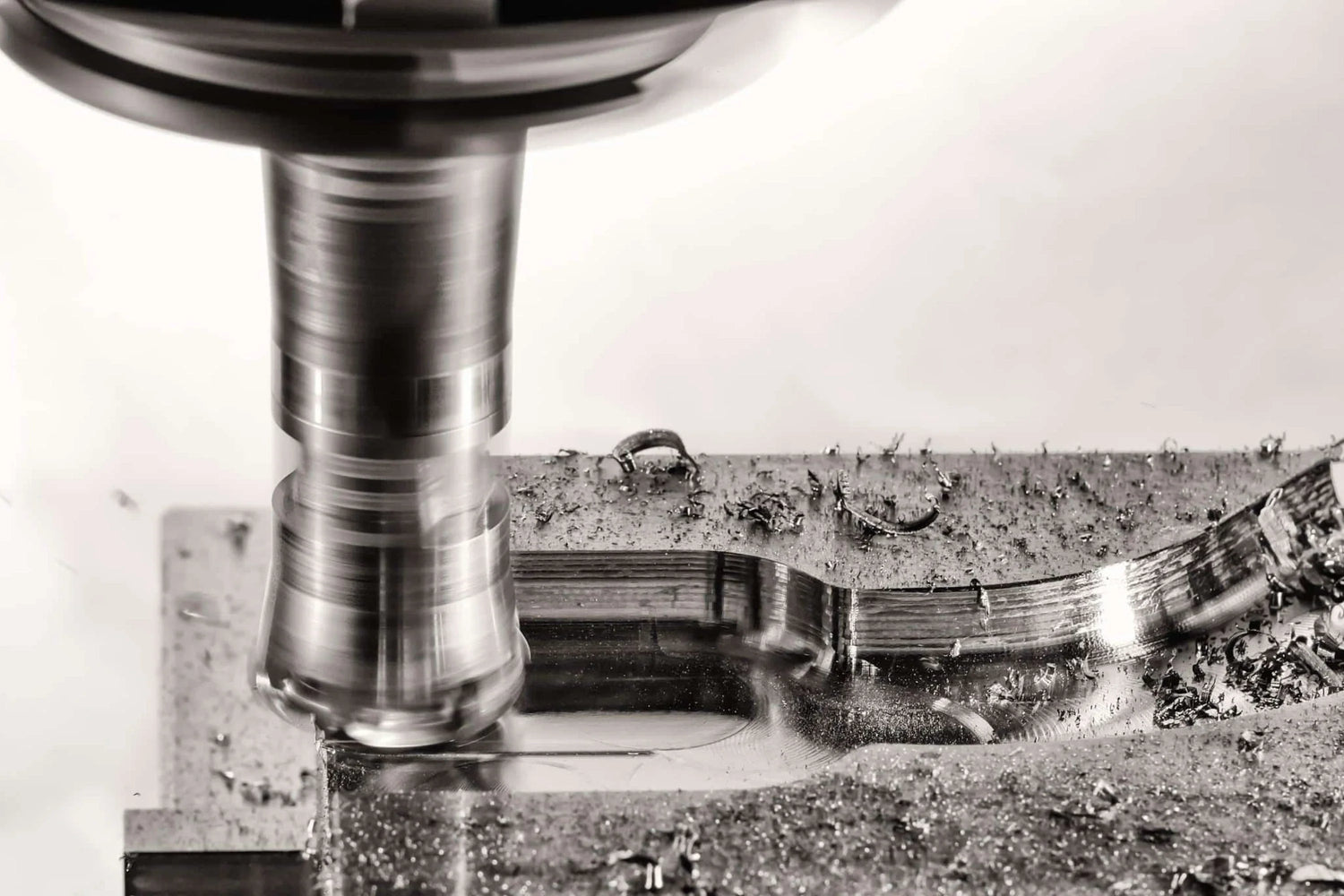
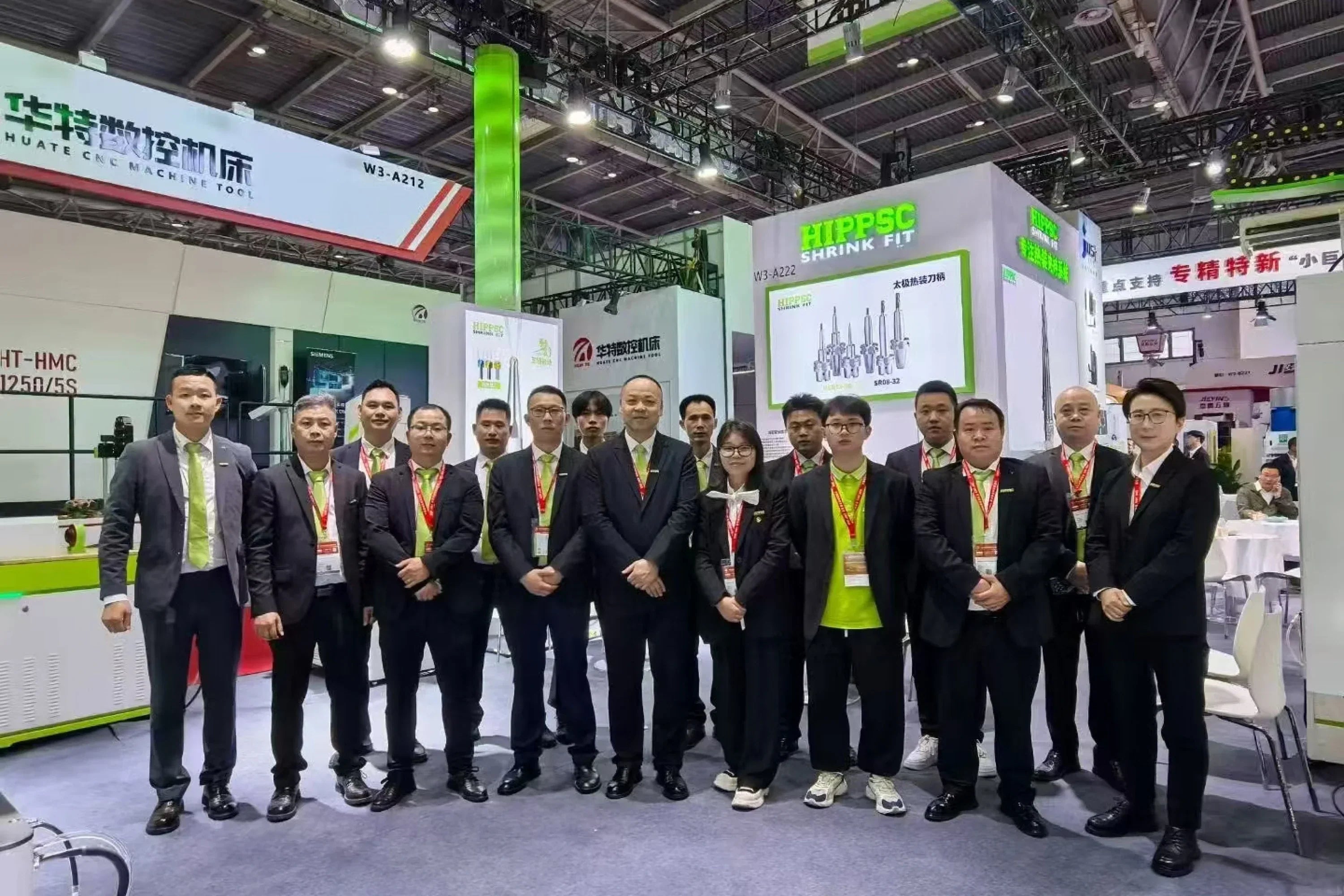

Leave a comment
All comments are moderated before being published.
This site is protected by hCaptcha and the hCaptcha Privacy Policy and Terms of Service apply.